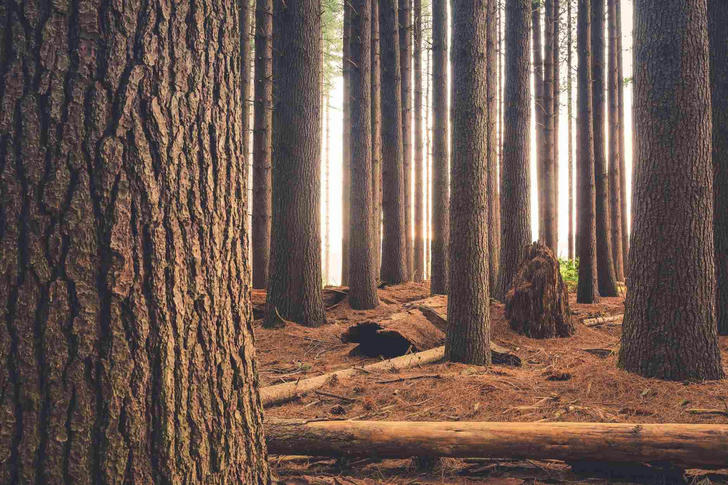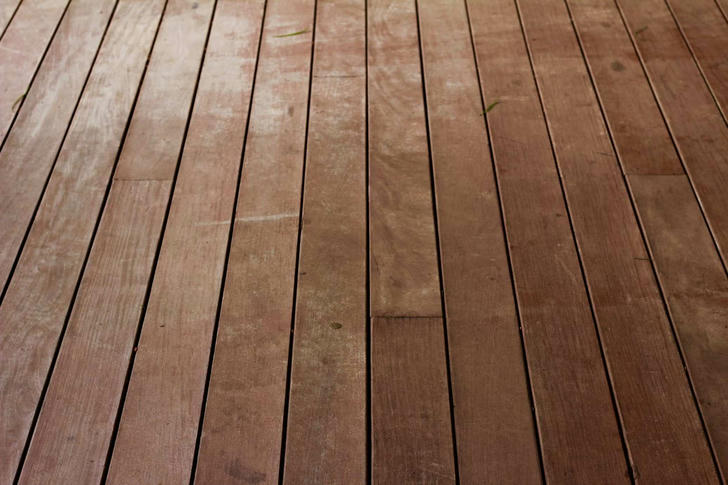Essential Materials Design Tips and Cost Breakdown for Building Your Dream Cabin
Designing and constructing a cabin requires meticulous planning, careful material selection, and knowledge of various structural principles. Whether for a vacation retreat, a full-time residence, or an off-grid hideaway, a well-designed cabin balances aesthetics, functionality, and durability. This guide explores the essential aspects of cabin design, from laying the foundation to adding the finishing touches, backed by industry data and case studies.

1. Choosing the Right Location

Selecting the right site is crucial for the longevity and efficiency of a cabin. Factors to consider include:
Climate Conditions: Wind patterns, snowfall, and rainfall impact structural integrity. For instance, cabins in high-snow areas should have steep-pitched roofs to prevent snow accumulation.
Soil Stability: A geotechnical survey can determine soil composition and its suitability for foundation support. Certain soils, such as clay, expand and contract with moisture, leading to foundation shifting.
Accessibility and Utilities: If grid connections are unavailable, planning for solar power, water collection, and septic systems is essential. Consider road access, especially in remote areas that may be difficult to reach in winter months.
Local Building Codes and Permits: Each state or country has regulations governing cabin construction. It’s vital to check zoning laws, environmental restrictions, and permitting fees before proceeding with the project.
2. Foundation Types and Considerations

A cabin’s foundation affects its stability and lifespan. The three most common types are:
Slab Foundation: Ideal for warm climates; costs range from $5,200 to $13,000 depending on cabin size (HomeAdvisor, 2023). This type minimizes crawl space but requires proper soil compaction.
Pier and Beam Foundation: Suitable for uneven terrain or flood-prone areas; costs typically range from $8,000 to $20,000. Allows for better ventilation and easier maintenance access.
Full Basement: Provides additional living/storage space; construction costs can exceed $25,000 but offer long-term benefits such as increased insulation and additional square footage.
Frost-Protected Shallow Foundation: Common in colder climates, this approach prevents frost heave by incorporating insulation in the foundation design.
3. Selecting the Right Materials

Materials dictate durability, maintenance, and insulation properties. Common choices include:
Logs: Cedar and pine are popular; kiln-dried logs minimize shrinkage and cracking. Logs offer natural insulation, with an R-value of 1.41 per inch (National Renewable Energy Laboratory).
Timber Frame: Allows open-concept designs with strong structural integrity. Requires precise joinery techniques but offers exceptional durability.
SIP Panels (Structural Insulated Panels): Offer superior insulation (R-values of 24–48) and reduce heating costs by up to 60% (Department of Energy, 2022). These panels also expedite construction time by reducing the need for additional framing materials.
Reclaimed Wood: Eco-friendly and offers unique aesthetics, though availability and cost may vary.
Stone and Brick: These materials are often used for fireplaces and accent walls, adding both durability and a rustic touch to the cabin.
4. Structural Design and Layout Optimization

Roof Design: A-frame roofs handle snow well; gable roofs provide attic space. A shed-style roof can be ideal for solar panel installation.
Wall Thickness: Thicker walls (8”+ logs) improve thermal efficiency and soundproofing. A double-wall design can further enhance insulation.
Windows & Doors: Triple-pane windows improve insulation and reduce energy costs by 15–25%. Proper window placement can maximize natural light and passive heating.
Interior Layout: Open floor plans create a sense of spaciousness, while lofted areas provide additional sleeping space without expanding the building footprint.
Outdoor Features: Wraparound porches, decks, and patios extend the living space and enhance the cabin’s connection with nature.
5. Energy Efficiency and Sustainability

Sustainable cabins incorporate energy-efficient designs such as:
Passive Solar Design: Proper orientation reduces heating needs by 30%. South-facing windows with thermal mass flooring can store and distribute heat efficiently.
High-Performance Insulation: Reduces annual energy costs by an average of $500 (EPA, 2023). Using spray foam or rigid board insulation further enhances thermal efficiency.
Solar Panels & Off-Grid Power: A 5kW system can generate ~7,500 kWh annually, enough for most cabins. Battery storage systems can ensure power availability during low sunlight periods.
Rainwater Harvesting: Capturing and filtering rainwater can provide an independent water source for remote locations.
Geothermal Heating and Cooling: Utilizing the earth’s stable temperatures can improve efficiency and lower utility costs.
6. Interior Finishing and Aesthetic Considerations

Flooring: Hardwood (oak, maple) vs. engineered wood (cost-effective, durable). Natural stone or ceramic tile can be used in high-moisture areas.
Wall Treatments: Exposed wood for rustic aesthetics; drywall for a modern touch. Reclaimed barn wood can add character to interior spaces.
Smart Technology: Programmable thermostats, solar water heaters, and automated lighting improve efficiency.
Fireplace & Heating: Wood-burning stoves offer ambiance and heating, while radiant floor heating can provide consistent warmth.
Furniture and Décor: Rustic furniture, handmade wooden pieces, and vintage décor can enhance the cabin aesthetic. Multi-functional furniture is beneficial for small spaces.
7. Cost Estimation and Budgeting
Building a cabin requires a clear financial plan. Key cost factors include:
Land Acquisition: Depending on location, costs can range from $5,000 per acre in rural areas to over $100,000 in prime locations.
Construction Costs: Basic cabins start at $125 per square foot, while high-end designs exceed $300 per square foot.
Utilities and Permits: Off-grid setups cost more initially but reduce long-term expenses. Permitting fees vary widely based on local regulations.
Maintenance Costs: Regular log treatment, roof inspections, and seasonal preparations can add up to $2,000 annually.
Case Study: A Sustainable Mountain Cabin in Colorado
A 1,200 sq. ft. off-grid cabin in Colorado integrated SIP panels, passive solar heating, and a rainwater collection system. Over five years, the homeowners reduced energy costs by 70% and maintenance by 40%, demonstrating the long-term benefits of strategic design. The project utilized a pier and beam foundation due to the mountainous terrain, and total construction costs were around $250,000. The use of reclaimed wood and energy-efficient appliances resulted in a 50% reduction in carbon footprint.
Conclusion
Cabin design requires a balanced approach, considering structural integrity, environmental impact, and personal aesthetics. By understanding the essential elements of foundation selection, material choices, and energy efficiency, homeowners can build a durable and sustainable retreat tailored to their needs. Whether for seasonal getaways or full-time living, an efficiently designed cabin enhances comfort, longevity, and harmony with nature. Thoughtful design choices can lead to cost savings, increased property value, and a home that blends seamlessly with its surroundings.
